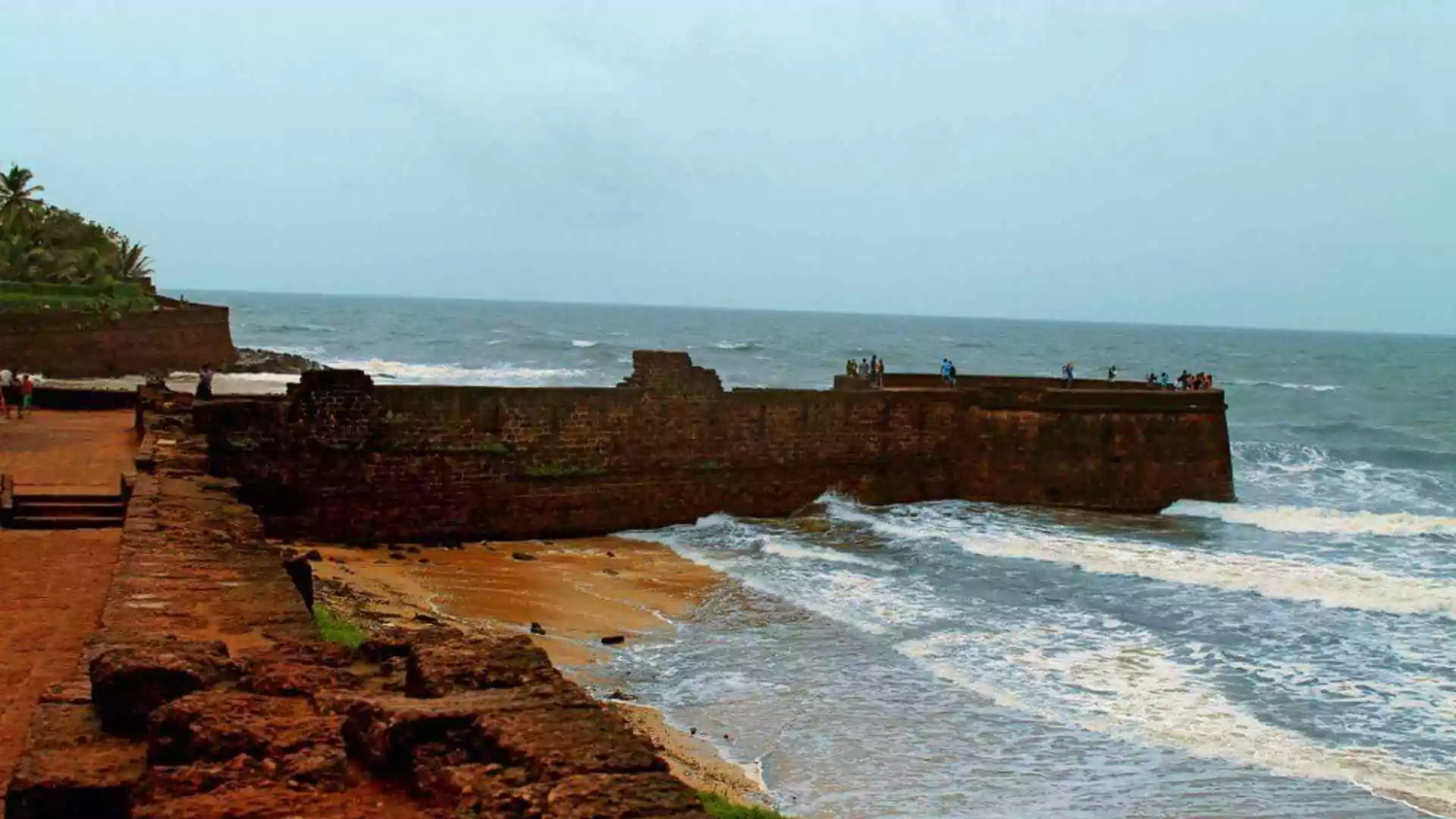As Ayodhya eagerly anticipates the grand consecration ceremony of the Ram Mandir on January 22, the Shri Ram Janmabhoomi Teerth Kshetra trust has unveiled the key features of the magnificent temple. Constructed in the traditional Nagara architectural style, the temple boasts impressive dimensions with a length of 380 feet, a width of 250 feet, and a towering height of 161 feet.
Nagara architecture, originating in North India, is characterized by tall pyramidal towers known as Shikharas, adorned with Kalash at the top. The temple’s pillars are intricately carved with detailed designs, while the walls are adorned with sculptures and reliefs.
According to the Shri Ram Janmabhoomi Teerth, the three-storied Ram Mandir stands at a height of 20 feet per floor, featuring a total of 392 pillars and 44 doors. The innermost sanctum, the Garbhagriha, houses the idol of Shri Ram Lalla in his childhood form, while the first floor is dedicated to the divine Shri Ram Darbar.
The temple comprises five Mandaps, each serving a unique purpose such as Nritya Mandap, Rang Mandap, Sabha Mandap, Prarthna Mandap, and Kirtan Mandap. Pillars and walls throughout the temple showcase statues of various deities, gods, and goddesses.
Access to the Mandir is facilitated through the east entrance, featuring 32 stairs through the Singh Dwar, with ramps and lifts for the convenience of differently-abled and elderly visitors.
Surrounding the Mandir is a Parkota, a rectangular compound wall measuring 732 meters in length and 14 feet in width. Four Mandirs dedicated to Surya Dev, Devi Bhagwati, Ganesh Bhagwan, and Bhagwan Shiv adorn the corners, while Maa Annapurna and Hanuman ji find their places in the northern and southern arms.
Adjacent to the Mandir, a historic well known as Sita koop, dating back to ancient times, adds to the spiritual significance of the site. The Shri Ram Janmbhoomi Mandir complex also includes proposed mandirs for Maharshi Valmiki, Maharshi Vashishtha, Maharshi Vishwamitra, Maharshi Agastya, Nishad Raj, Mata Shabri, and the revered consort of Devi Ahilya.
The southwestern part of the complex houses Kuber Tila, where the ancient Mandir of Bhagwan Shiv has been restored, accompanied by the installation of Jatayu. Notably, no iron has been used in any part of the Mandir, and a 21-foot-high plinth constructed with granite safeguards against ground moisture.
The foundation of the Mandir features a 14-meter-thick layer of roller-compacted concrete (RCC), providing the appearance of artificial rock. The complex boasts advanced infrastructure, including a sewage treatment plant, water treatment plant, water supply for fire safety, and an independent power station.
In addition, a Pilgrims Facility Centre (PFC) with a capacity of 25,000 people is under construction, offering medical facilities and locker services to pilgrims. The complex will also include bathing areas, washrooms, washbasins, open taps, and more.
Crucially, the Mandir is constructed entirely using Bharat’s traditional and indigenous technology, with a strong focus on environmental water conservation, leaving 70% of the 70-acre area green. As the auspicious day approaches, Ayodhya stands ready to witness the culmination of this sacred and historic endeavor.





















